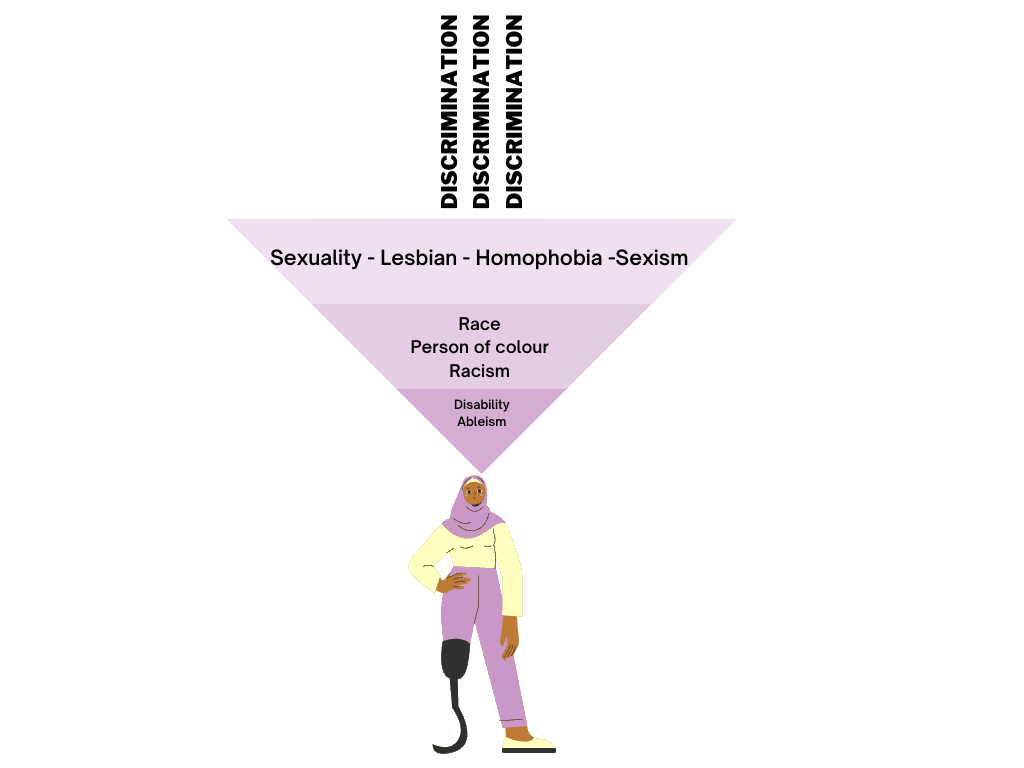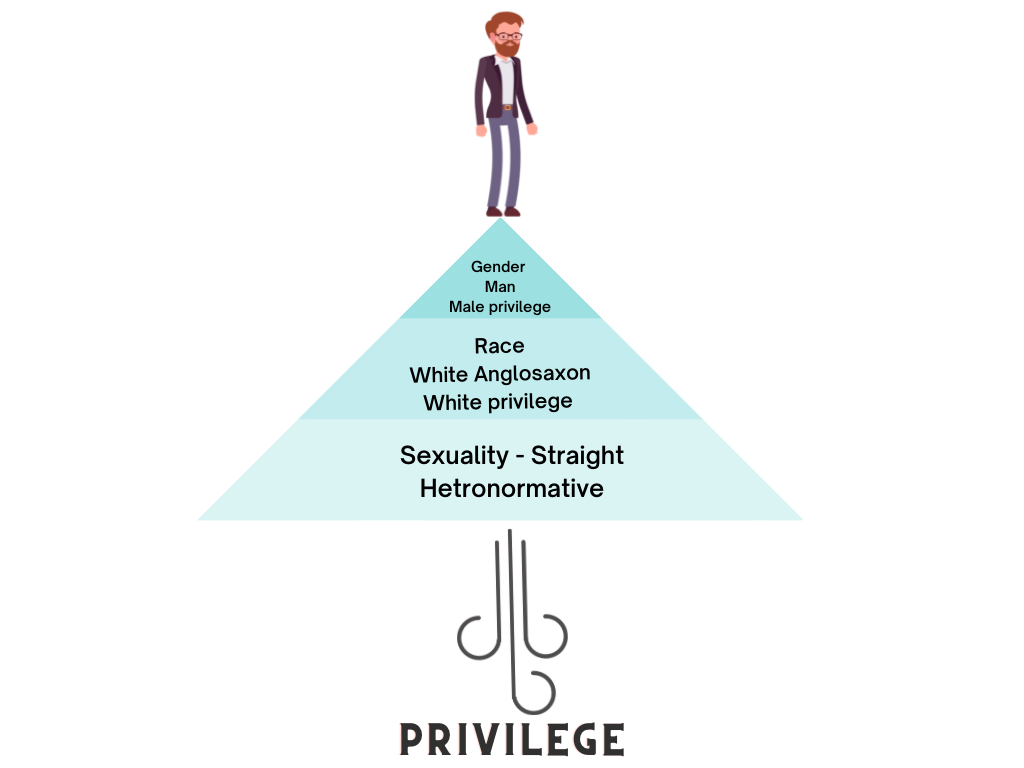Online Module Tasmania
Reproductive Rights and Abortion - A brief overview
Before we jump into our training, we would first like to acknowledge First Nation Australians whose land we reside and work on.
ALWAYS WAS, ALWAYS WILL BE ABORIGINAL LAND
Women’s Health Tasmania acknowledges the traditional owners of the country throughout Tasmania and their continued connection to land and community. We recognise the two separate cultures of Aboriginal and Torres Strait Islander people.
Women’s Health Tasmania recognises the dispossession of land and its ongoing effects on Aboriginal peoples today. We acknowledge the sorrow of the Stolen Generations and apologise for the removal of children by white Australians.

This pre-training module has been developed with the aim of supporting you in getting the most out of the workshops. The content is primarily reflective activity based and is designed to spark curiosity. All reflective activities are optional, and only need the time/effort that you have available.
It should take you around 15-20 minutes to complete, and can be done on a phone, tablet or laptop.
Overview of module
Learning outcomes
By the end of this introductory module, we hope that you will have a basic understanding of the following:
✦ Who Women’s Health Tasmania
✦ How this training relates to your professional and personal context
✦ The importance and impact of language
✦ Abortion access in Australia
✦ Introduction to Reproductive Coercion and Abuse
Who is Women's Health Tasmania and what do they do?
Our History and Legacy
Women’s Health Tasmania (WHT) is a community organisation run according to feminist principles. It is an organisation run by women for women, with the vision of women being informed and active decision makers in our own health and wellbeing.
Women’s Health Tasmania has been a key advocate for women’s reproductive rights, including safe access to abortion services, though out its history.
WHT has an inclusive definition of ‘woman’, working to support everyone who identifies as a woman. Women’s Health Tasmania provides pregnancy and reproductive health support to anyone who can become pregnant including cis women, non-binary people, trans men and gender diverse people. This is why, when we talk about abortion care today, we talk about ‘women and pregnant people’.
Women’s Health Tasmania adopts the World Health Organisation’s model of health: “Health is a state of complete physical, mental and social well-being, not merely the absence of disease or infirmity”. We understand the broader impact of society on women’s health, and our mission is to be Tasmania’s key voice advancing women’s health and wellbeing.

Our Areas of Impact
Health Promotion
Health Promotion– KNOWLEDGE IS POWER! Communicating with Tasmanian women across geographic region, cultural and language identities, gender, age, and social location about how they can support, strengthen and maintain their health in holistic ways most suited to them.
We use co-design principles to create workshops and activities that share health knowledge and skills, such as the Knit Your Bits travelling craft exhibition and the soon-to-be rolled out Period Workshop.
Supporting communities to take the lead on meeting their self-identified health needs, such as the train-the-trainer community weights program.
Offering activities that promote positive health, such as yoga, tai chi, meditation, walking group, and social contact groups.
Counselling
Counselling – free, short-term, client-led counselling accessed in person, via phone or video for:
- Pregnancy, birth and parenting
- General counselling for health and wellbeing
- Non-directive pregnancy choices

Advocacy
Advocacy and policy – amplifying the voices of all Tasmanian women on what they need to achieve positive health outcomes and identify barriers in the way of this. We work with government and other collaborate with relevant services and organisations to achieve positive change for women and people. Examples include the ‘Talking to…’ series focused on the health needs of homeless women, LGBTQI+ women, and women on temporary protection visas.


Examining the Personal, Professional and the Organisational Context
What do you think it means having personal, professional and organisational values and what do you think the differences are between them?
Personal – often comes from cultural, familial, religious, socio-economic/class influences
Professional – Guided by professional standards AASW, AAPRA. Informed by formal study and professional expectations. How do you want to act, behave and be known to colleagues, stakeholders and clients?
Organisational – What does my organisation value and require from me in regards to my behaviour/ beliefs?

Taking your professional context into account
Your Professional Context
CONSIDER:
How is pregnancy-options counselling and support linked with my role?
The reflective activity below is aim to help you reflect upon your practice context so that you are able to contextualise the workshop content as much as possible. Scroll through the questions below for reflective prompts.
Professional Context is the relationships which inform and are informed by certain standards, judgements, beliefs, assumptions, and values. Reflecting on these areas assists you to be able to further understand how this training relates to you within your context at work.
✦ What is my professional role?
✦ How much time and what resources do I have to support my clients?
✦ What information and guidance am I qualified to provide?
✦ Do I have all the information that my client would need to make an informed decision?
✦ Do I have appropriate referral knowledge?
✦ Is my organisational context going to impact or limit the information I can provide to my clients?
Taking your personal context into account
Take a moment to consider the parts of your identity which may be privileged. These questions often don’t have any easy answers, and that is okay. Asking them again and again helps us remember that they are important factors in ours and others’ life experiences
Understanding Privilege and Intersectionality
Intersectionality in practice, is the acknowledgment and consideration of the intersection of our identities, and how these identities are treated as either advantages (privilege) or disadvantages within different societies and groups.
There are different parts of you which make up human identity. These include ability, gender identity, sexual orientation, race, religion, and class among others.

Here is an example of why acknowledging and considering the impacts of intersectionality are important.
Mary here is a woman of colour, lesbian, and has a physical disability.
Mary will not only face sexism within society because she is a woman, but she will also face ableism, racism, and homophobia due to the different parts of her identity.
Each of these identifying parts of Mary are not things that she chose, or “did” to herself. These additional barriers have nothing to do with anything that Mary has done.
However, Mary is part of a number of minority groups, each facing unique challenges to life, automatically, making life more challenging and meaning she faces additional challenges.

This is Paul. He is a white, straight, cis-gendered man. For Paul, the different parts of his identity are not seen with the same negative biases, stigma, or discrimination as Mary.
Paul won’t face sexism (as women or non-binary people do), or homophobia/transphobia, or racism due to the different parts of his identity he has been born into.
This automatically gives Paul a head start in life (regardless of environmental or social contexts), and has nothing to do with anything he has done or the choices he has made.
***This doesn’t mean that Paul doesn’t face hardships, it means that his race, sexuality, and gender don’t contribute any additional hardships***

✦ Which of these privileges have you gained by settling on stolen land?
✦ Are there ways in which those privileges impact other people’s opportunities?
✦ What action can you take today to acknowledge your privilege and use your power to address the balance?
✦ How might these and other power dynamics be affecting you clients' circumstances and experiences?

Language Matters

"Language shows us that naming an experience doesn't give the experience more power, it gives us the power of understanding meaning"
Brene Brown
Language is important as it has the power to include and exclude people in a single word or sentence. Below you will find the Children by Choice language guide on terms we use and the reason behind why we use those terms. Language is always evolving and changing as it should as society learns more about what it means to be inclusive. At WHT we are committed to reflecting on the language we use in order to be equitable, inclusive and accurate in the things we say, create and promote.
One area of change within the reproductive health space is the use of de-gendered language. This is because not all people who are pregnant are women, some are transgender, gender diverse and non binary folks. This change has occurred in order for our work to become more inclusive and not unintentionally exclusive.
Some Examples
Some examples of how language has changed

Some common terms
If you are new to the reproductive and sexual health space you may feel overwhelmed with the number of new acronyms you are exposed to. While we try and avoid acronyms we may slip up at times throughout the training. Below is a brief overview of some of the common acronyms you might hear or see used when referring to reproductive and sexual health.
- TOP- Termination of pregnancy
- MTOP – Medication Termination of Pregnancy
- STOP- Surgical Termination of Pregnancy
- LARC- Long-acting reversible contraception
- MS2Step- Brand name of MTOP medication in Australia
- USS- Ultrasound scans
- HHS – Hospital and Health Service
- CO/Conscientious Objection- Someone who chooses to not provide an abortion
- RCA – Reproductive Coercion and Abuse- range of perpetrator pregnancy-controlling behaviours including contraception sabotage and coercion towards a certain pregnancy outcome
While acronyms can be convenient, they can also be barriers to communication as not everyone will be aware of all the acronyms used. As much as possible, avoid using acronyms with clients. Use language that is simple and clear to elaborate upon jargon and lingo. We encourage you to speak up if there is language or acronyms used that you don’t understand.
Children by Choice Language Guide
Children by Choice has created a language guide that goes in-depth into de-stigmatising language.
Click below to download a copy of this for your reference



When talking to clients it is important
To be Curious, Compassionate & Caring
The less we assume, the more curious we can be about what is actually happening for the person in front of us.
✦ Curiosity gives us a map to the support the client might need based on their circumstances and contexts
✦ Compassion gives us a map of how we can accompany the client in their journey
✦ Care is focusing on the needs that might arise for the client in their journey


Let’s see what this really looks like
Consider the statement below
"She got herself into an unplanned pregnancy because she did not use protection and now she is aborting at a late gestation because the father of her baby has told her that he does not want a child."
Now take a moment to consider these questions
✦ How did you feel while reading the sentence?
✦ What assumptions are being made?
✦ What more do you need to know to support this person?
✦ What would this sentence look like, destigmatised?

An Overview of Abortions in Australia
People with pregnancy capacity of all genders, ages, backgrounds, and religions have abortions.
Is Abortion Legal in Australia?

Breakdown of legislation in Australia
Abortion is the subject of criminal law in all Australian states and territories, except the Australian Capital Territory. Each state and territory has legislation prohibiting unlawful abortion.
For more detailed information about abortion legislation and practice in Australia, visit Australian Abortion Law & Practice.
Queensland
Abortion is legal in Queensland and available on request as a health service up until 22 weeks gestation, for any reason, without disclosing the reason to the doctor.
New South Wales
Legal to 22 weeks. Legal post-22 weeks two doctors’ approval. Safe access zones are set at 150m around clinics that provide termination of pregnancy services.
Australian Capital Territory
Abortion is legal in Australia Capital Territory with no pregnancy gestation limit. Safe access zones are set at 50m around the termination of pregnancy services.
Victoria
Legal to 24 weeks. Legal post-24 weeks with two doctors’ approval. Safe access zones are set at 150m around clinics that provide termination of pregnancy services.
South Australia
Legal to 22 weeks and 6 days. Legal post-22 weeks and 6 days with two doctors’ approval. Safe access zones are set at 150m around clinics that provide termination of pregnancy services.
Tasmania
Legal to 16 weeks. Legal post-16 weeks with two doctors’ approval. Safe access zones are set at 150m around clinics that provide termination of pregnancy services.
Northern Territory
Legal to 24 weeks. Legal post-24 weeks with two doctors’ approval. Safe access zones are set at 150m around clinics that provide termination of pregnancy services.
Western Australia
Abortion is legal up to 20 weeks gestation, with limitations for pregnant people under the age of 16. Very restricted after 20 weeks. Safe access zones are set at 150m around clinics that provide termination of pregnancy services.
Find a service
There are lots of public hospitals and services across the state that provide termination of pregnancy services free of charge. To find out if your local hospital is providing this service you can contact your hospital direct or call Children by Choice.
Can a healthcare professional refuse abortion care?

Below is Tasmania specific information
Some doctors have a conscientious objection to terminations (they disagree with the procedure). These doctors do not have to provide you with information about, or help you access, a termination but the law says they must provide you with a list of prescribed health services as soon as they know you want a termination or that you want information about all options regarding your pregnancy.

Reproductive Coercion and Abuse
If you haven’t heard this term before that is totally ok. Reproductive Coercion and Abuse is “when a person tries to control your reproductive choices in order to control your life. Reproductive abuse is also often called “reproductive coercion.” Coercion is when a person tries to persuade someone to do something by using force or threats. Reproductive abuse can be a single act, or it can be part of a larger pattern of abusive behaviours.’ – Women’s Law, 2020

Reproductive Coercion and Abuse.....
Can be present with domestic and family violence or by itself
Can be perpetrated by partners, family members, close others
Is meant to exert power and control over pregnant person
Can include a range of behaviours from pressure to coercion to active sabotage
Can start before or after a person is pregnant
Can be a lack of awareness, means that it is often not viewed as abuse
Rule of Thumb: only and only the person who is or who can get pregnant has a right to influence and decide about their pregnancy outcomes

You have made it to the end of this brief introduction to reproductive rights and abortion!
We hope this has been interesting and has spiked your interest and some questions for our upcoming training. Remember this is just a taste of some concepts we will go into further in the training.
If you have any questions, concerns or queries about your upcoming training, or have feedback about this introductory module please email us at [email protected]



